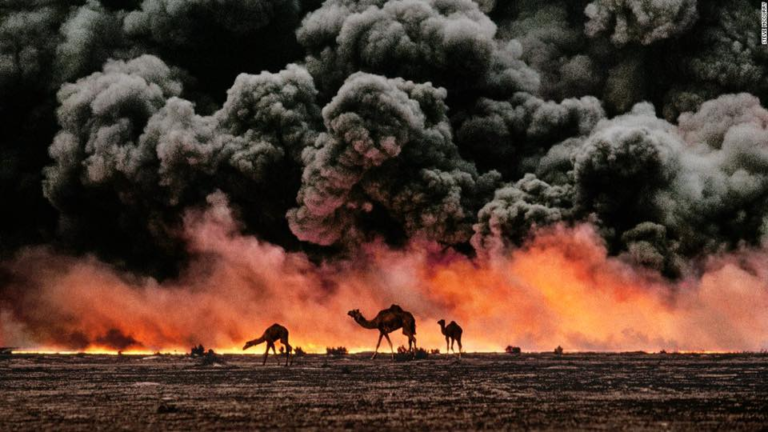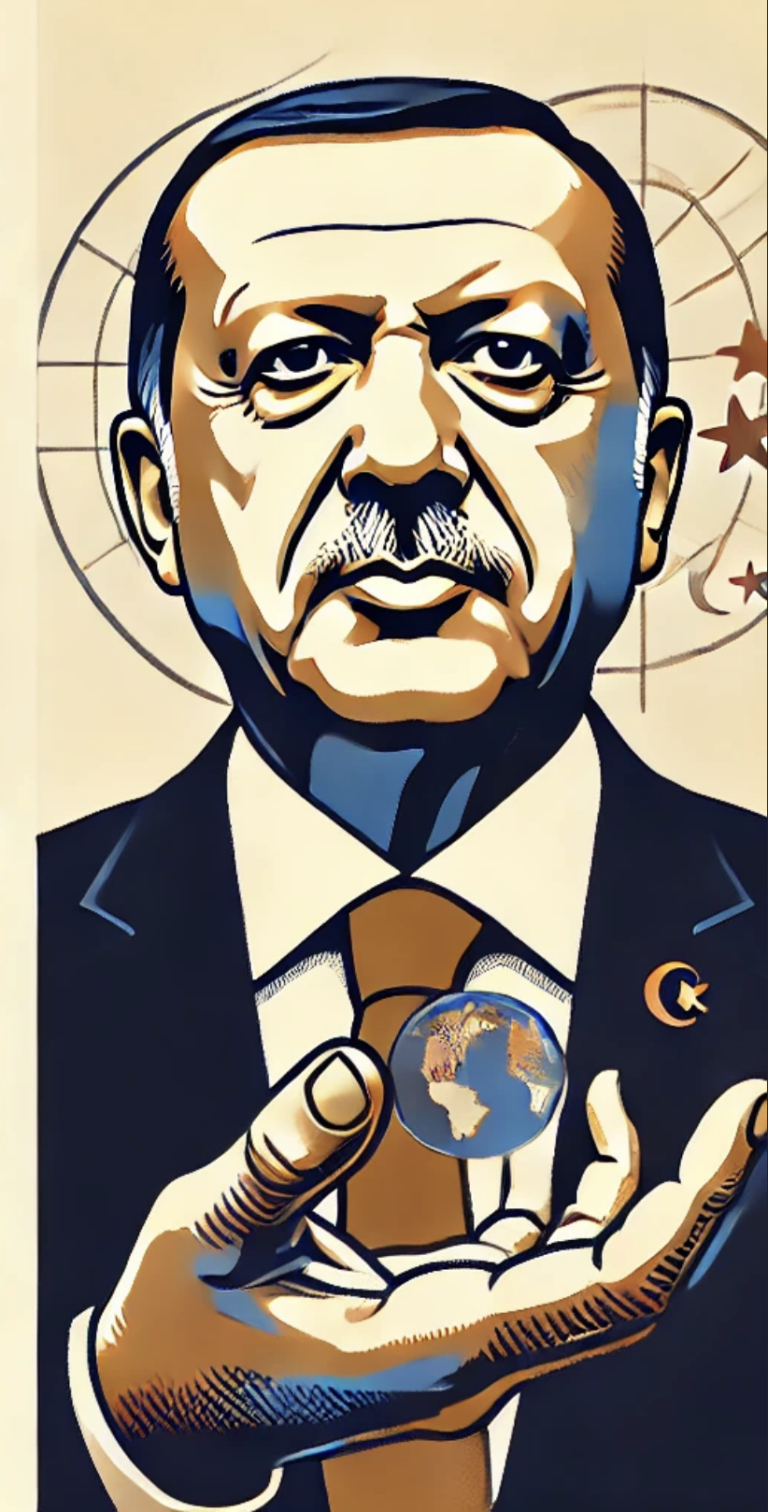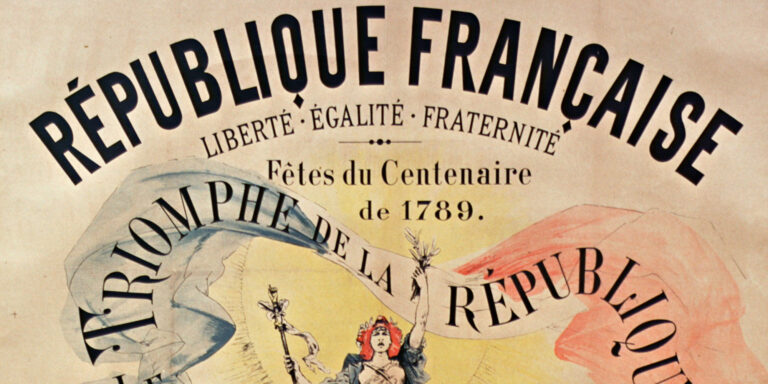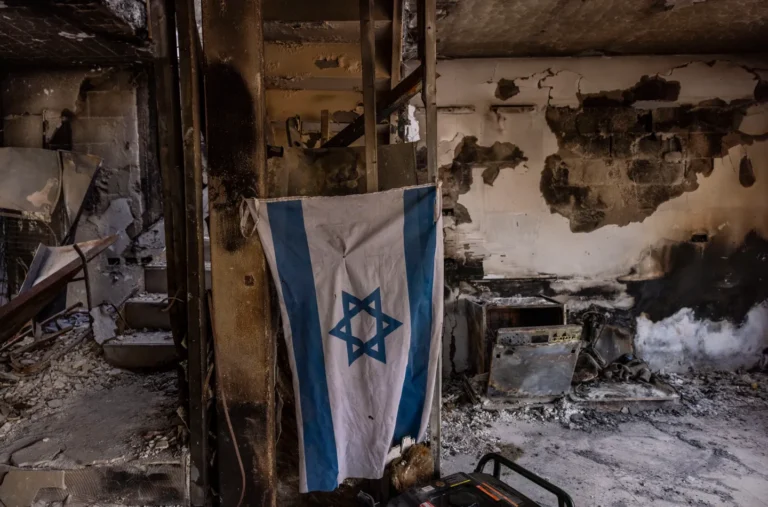By Adriano Izzo, civil lawyer and President of the Gennaro Santilli Foundation
“If your photos aren’t good enough, you’re not close enough.”
This aphorism by Robert Capa, the famous Hungarian photojournalist and founder of Magnum Photos, summarizes the meaning of photographic art and helps us understand why photography has established itself as the main communication tool capable of changing every aspect of our contemporary experience.
Since its invention, the photographic medium has made us participants and witnesses of events that have changed the course of history. With its powerful and evocative images it made us reflect, outrage and even act, leveraging our emotions and the consequences that the direct sight of a fact, much more than its written account, causes on our minds and our behaviors.
The social role of photography is undeniable and in an increasingly interconnected and digital world its communicative power is enormous. It can be a powerful tool for promoting social change and helping to create awareness and understanding.
The story of Gordon, also known as Whipped Peter, a US soldier during the American Civil War, who became famous for the photographs taken by William d. is exemplary. McPherson and Mr. Oliver which mostly depicted his back completely covered in scars, the result of all the whippings he had received in his life as a slave.
The publication of these images in Harper’s Weekly magazine in 1863 transformed Gordon into a symbol of the courage and patriotism of African Americans and played a decisive role in broadening the national debate on slavery and in building a collective consciousness that led to its abolition.
Going less back in time, how can we not mention the revolutionary season of the advertising campaigns of the historic Italian textile company United Color of Benetton signed by the photographer Oliviero Toscani.
In the 80s and 90s, Toscani’s provocative photographs, symbol of a special and pioneering alchemy between profit and social issues, shook consciences and stimulated debates and reflections on controversial topics that divided public opinion. Seeing, after many years, the photograph of the Palestinian boy and the Israeli boy embracing each other while holding a sphere depicting the world in their hands demonstrates the importance of a conflict that has never been more relevant today and leads us to reflect on the opportunities we have missed to really understand it and, perhaps , avoid it.
Yet for years a debate has rightly arisen among professionals and others which draws attention to what the limits of the photographic instrument must be in recording and narrating reality, that is, to what extent the representation of reality can go without damaging the privacy, dignity and decorum of the subjects portrayed.
That of the so-called pornography of pain is a controversial topic which registers contrasting positions and which characterizes, in particular, the communication of non-profit organisations, physiologically called to turn the spotlight on social issues that are often ignored or underestimated on a political and legislative level but sometimes responsible , in fundraising campaigns, of the publication of particularly strong contents that tend to spectacularize suffering, raising serious legal and ethical doubts.
Generally these are images of minors in conditions of illness or extreme suffering for whom the right to privacy is sacrificed in the name of fundraising and communication.
On a legal level, the International Convention on the Rights of Children and Adolescents, approved by the United Nations General Assembly on 20 November 1989, represents the most important and complete international regulatory instrument regarding the promotion and protection of rights. of minors.
The Convention considers the interests of the child paramount in all decisions relating to children within the competence of public or private social welfare institutions, courts, administrative authorities or legislative bodies (art.3) and establishes that “No child shall be subjected to arbitrary or unlawful interference with his or her privacy, family, home or correspondence, nor to unlawful attacks on his or her honor and reputation. The child has the right to the protection of the law against such interference or attacks” (art.16).
At a European level, important steps have been taken with EU Regulation 679 of 27 April 2016, relating to the protection of natural persons with regard to the processing of personal data, as well as the free movement of such data. The art. 8 of the Regulation regulates the conditions applicable to the consent of minors in relation to information society services, stating, in paragraph 1, that “…the processing of the personal data of a child shall be lawful where the child is at least 16 years old. Where the child is below the age of 16 years, such processing shall be lawful only if and to the extent that consent is given or authorized by the holder of parental responsibility over the child. Member States may provide by law for a lower age for those purposes provided that such lower age is not below 13 years”.
Article 4 of the same Regulation clarifies the meaning of personal data, which also includes the image, as “any information relating to an identified or identifiable natural person (‘data subject’); an identifiable natural person is one who can be identified, directly or indirectly, in particular by reference to an identifier such as a name, an identification number, location data, an online identifier or to one or more factors specific to the physical, physiological, genetic, mental, economic, cultural or social identity of that natural person”.
The Codes of Ethics drawn up by the non-profit organizations themselves, by the Associations of Journalists and Photographers and, last but not least, by national and international jurisprudence which contributes, with its decisions, to developing new forms of protection of minors’ privacy also play a central role. .
From the analysis of the regulatory data and the jurisprudential rulings it emerges that the protection of privacy, understood as the right to the intimacy of one’s private sphere, is instrumental to the protection of other personal rights such as the right to an image, which is fully included among the rights inviolable of man as an expression of the person’s freedom of self-determination regarding his own existential choices, among which can certainly include that consisting in making or not a photograph portraying him accessible to third parties.
There is, however, a problem of effectiveness of jurisdictional protection linked to the lack of initiative on the part of the interested parties (who acts to enforce the violation of the right to the image of the minor who is often orphaned and unaware of the publication of the photograph portraying him?) , which can make the legal rule devoid of real practical application.
A cultural paradigm shift is therefore required in the communication and narration of pain and suffering, particularly of minors.
Without giving up the objective of denouncing a reality that only the publication of visually powerful photographs can eradicate from indifference and incomprehension, it is necessary to give the dignity and decorum of the subjects portrayed the value they deserve, with a view to a fair and balanced reconciliation between right to freedom of the press and protection of the right to image.
n example?
It is possible to mention two of them, without any claim to exhaustiveness.
Let’s think about the historic photograph “Camels and oil fire” from 1991 by Steve McCurry, a famous American photographer. Or, more recently, the photograph of the family killed in Irpin in Ukraine by the famous American photojournalist Lynsay Addario.
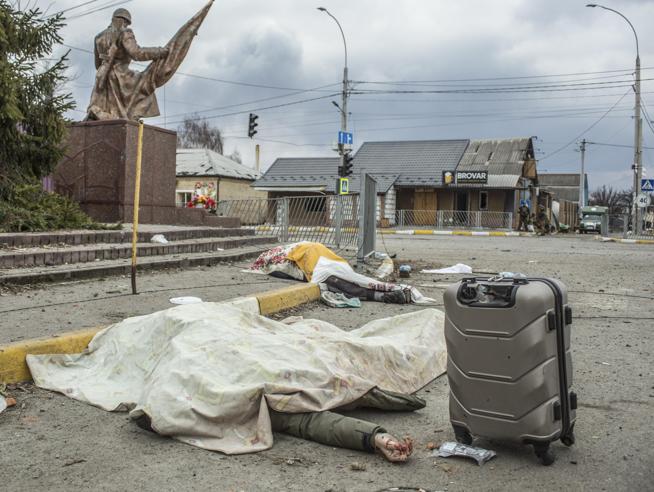
They are two images about war that have a characteristic in common: they do not represent war but the emotion it causes. They speak to the unconscious without dwelling on pain and suffering, with an unparalleled visual and communicative power.
The fire in the oil field with its enormous cloud of black smoke and the camels in the background looking for water and salvation, an apocalyptic image that became a symbol of the 1991 Gulf War, is evocative of the destructive consequences of war and its devastating effects on environment.
The shocking photo showing a young Ukrainian mother lying on the street with the corpses of her children next to her is one of the most atrocious testimonies of the war in Ukraine. The trolley on the road evokes the idea of escape from the conflict and amplifies the drama of the image.
There is an element in this last photo that should make us reflect and brings us back to the theme of this article.
It is the white sheet over the corpses, which prevents us from seeing and identifying them. The difference is in that sheet and the fact that it is not raised. It wasn’t necessary, the image communicates “despite” that

